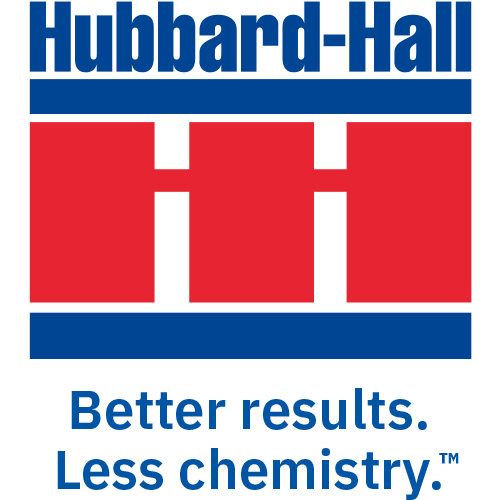Myths of Cleaning
Myth 4 of 8: Solvents are all BAD!
“Solvent” is an extremely broad term. Any substance that will dissolve another is, technically, a solvent, and that includes water. However, in popular parlance, “solvent” often refers to chemicals that will dissolve oil and grease. Examples include acetone, isopropanol, ethanol and butyl acetate. If these names appear familiar it’s because they are widely used and available. While odors and flammability can be a concern, providing usage recommendations are followed there is no reason to avoid them.
Some solvents used in the past, tricholoroethylene is a prime example, are now known to be hazardous to health. Some VOC-releasing solvents also have hazards associated, Likewise, CFCs and HCFCs are bad for the environment and consequently are being phased out. But to say all solvents are bad is incorrect. The key is to read the SDS and understand what’s in it and the risks, if any.
Consider also the age of solvent cleaning equipment. Modern units are engineered to minimize and mitigate any release that may occur and so don’t have the emission problems of older cleaners.
Don’t overlook the hazards of some aqueous cleaners. Anything acidic or caustic could present health risks, so the same advice applies: read the SDS. And one other point to consider: disposal. Aqueous cleaners need to be disposed of appropriately. Most can’t just be discharged down the drain.







Leave a Reply